Placing a shipping container on a property isn’t as straightforward as one might initially believe. Contrary to the common assumption that one can do as they please within their own premises, various local regulations and zoning laws come into play when determining the legality of container placement.
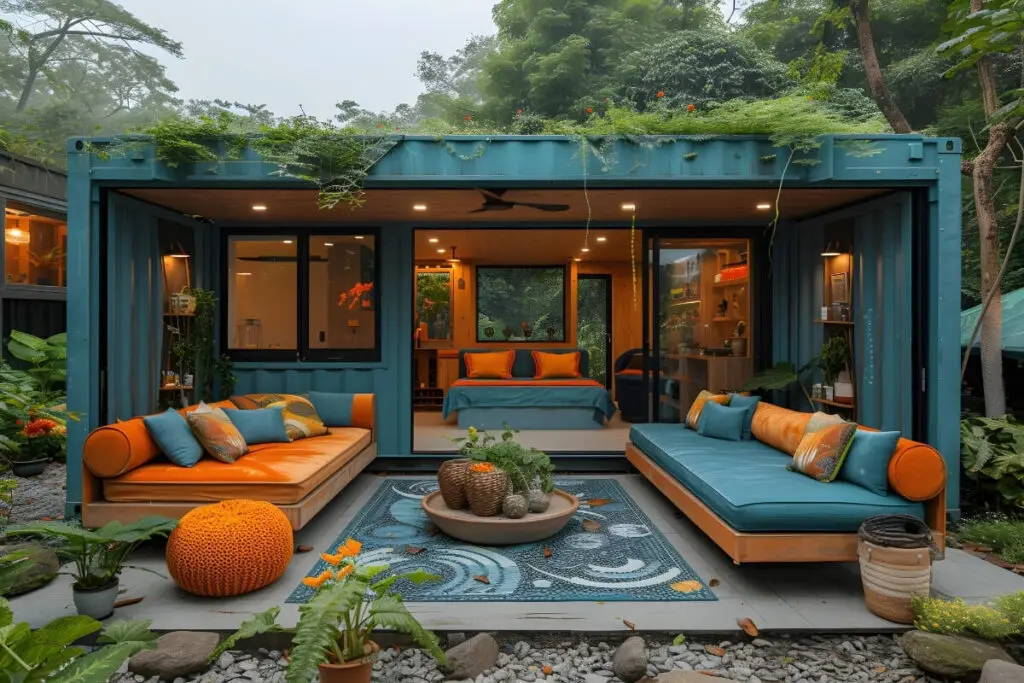
Many individuals find shipping containers an appealing solution for storage, studio space, or even as a base for more complex construction projects. However, they must navigate the complexities of permit requirements and adhere to certain restrictions that might dictate where a shipping container can be positioned on their property.
Moreover, the planned use of the shipping container often influences the ease with which one can position it on their land. For example, using the container as a permanent fixture or dwelling increases the likelihood of needing a permit. Property owners must ensure that they are in compliance with zoning laws to avoid potential fines or the need to remove the container altogether. Therefore, a thorough understanding of local regulations and requirements is essential for anyone considering adding a shipping container to their property.
Legality and Compliance
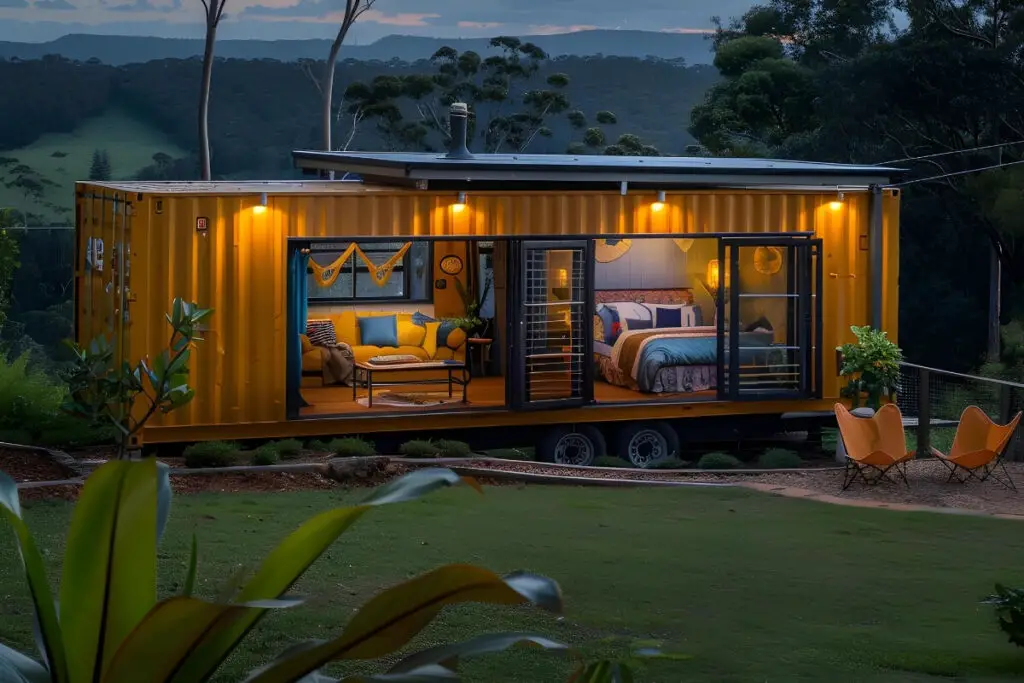
When considering the placement of a shipping container, it’s essential to navigate the legal landscape, which includes zoning laws, building codes, and specific local regulations. Ensuring compliance with these elements is crucial in both residential and commercial uses to avoid legal complications.
Understanding Zoning Laws
Zoning laws vary significantly from city to city, and they determine where a container can be placed. Residential zones may have different restrictions compared to commercial zones. For example, some residential zones could outright prohibit the use of shipping containers, while commercial zones might allow them with fewer restrictions. Property zoning must be reviewed to ensure the proposed use of a container is allowed.
Building Codes and Permits
Building codes ensure the safety of any structure, including those created from shipping containers. Building permits are generally required to confirm that the container meets code requirements, which can include aspects like structural integrity, fire safety, and even plumbing if the container is being converted into a living space. Local authorities typically conduct an inspection to ensure all standards are met.
Local Regulations and Restrictions
Local authorities, such as city or municipal governments, often have additional rules and restrictions. This can include HOA rules or deed restrictions that could impose aesthetic standards or additional limitations. It’s important to understand these details beforehand to prevent future legal issues.
The Permitting Process
Obtaining a permit often involves an application process that may require detailed plans of the proposed project, and could benefit from the services of a permit expediter. In some cases, especially when existing laws do not support the use of a container, rezoning or special planning permission might be necessary. Temporary permits may be easier to secure for short-term use, but permanent structures will undergo more scrutiny for approval.
Planning and Placement
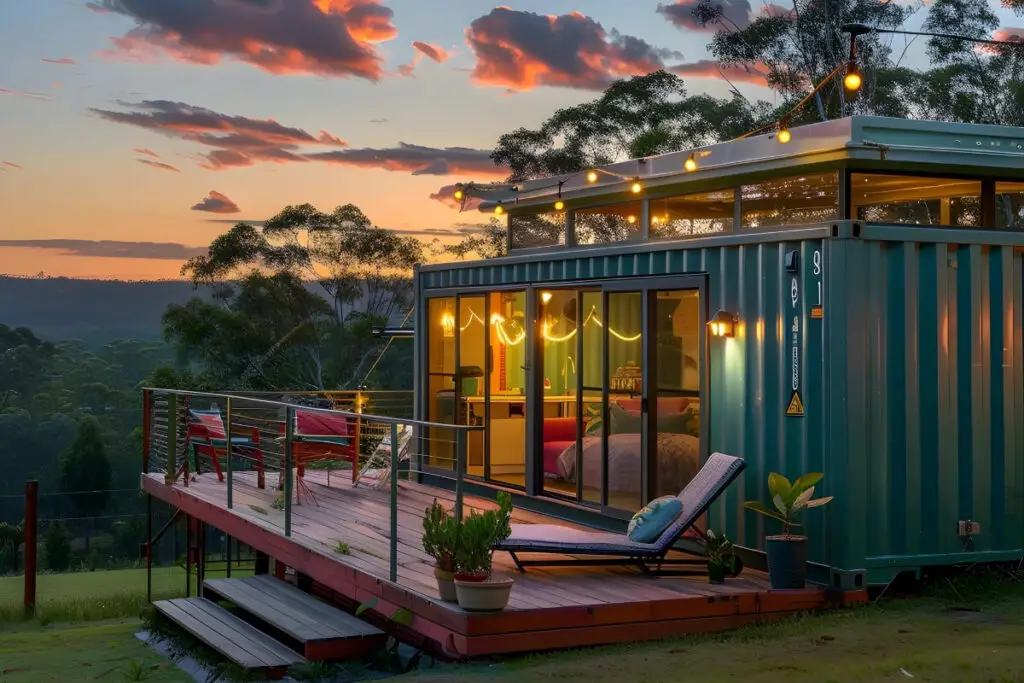
When considering the placement of a storage container, owners must account for legal regulations, the physical characteristics of the site, and the container’s purpose. These initial decisions are central whether the container is purposed for storage space, office space, or even as a residence.
Selecting the Site
The choice of location affects both accessibility and legal compliance. In residential areas, local zoning laws will dictate where a container can be placed. For example, containers may not be permissible in a front yard but allowed in a backyard under certain conditions. Owners must ensure there are no blocking obstructions like power lines or ingress issues that could impede safe transportation to the site.
Size and Space Considerations
Selecting a site involves balancing the container size with available space. A backyard may be ideal for a small storage container, but larger containers or multiple units for a shipping container home require ample space. It’s essential to maintain a reasonable density of structures on the property to avoid overcrowding and to maintain safety.
Temporary vs. Permanent Structures
Storage containers might be classified differently based on their intended use. For instance, a container used as a temporary shed has different regulatory requirements than one modified into a permanent residence. In many localities, temporary structures, such as garden sheds, do not require a permanent foundation while manufactured homes do.
Safety and Accessibility
Ensuring safe placement involves analyzing the site for a level foundation; this may necessitate a concrete foundation in lieu of mud or unsteady ground. The access point for both occupants and visitors, as well as emergency services, should be clearly thought out, allowing for safety components like exterior lighting and unobstructed interior pathways. Additionally, proper water drainage around the container is critical to prevent flooding and structural damage.
Container Homes and Offices
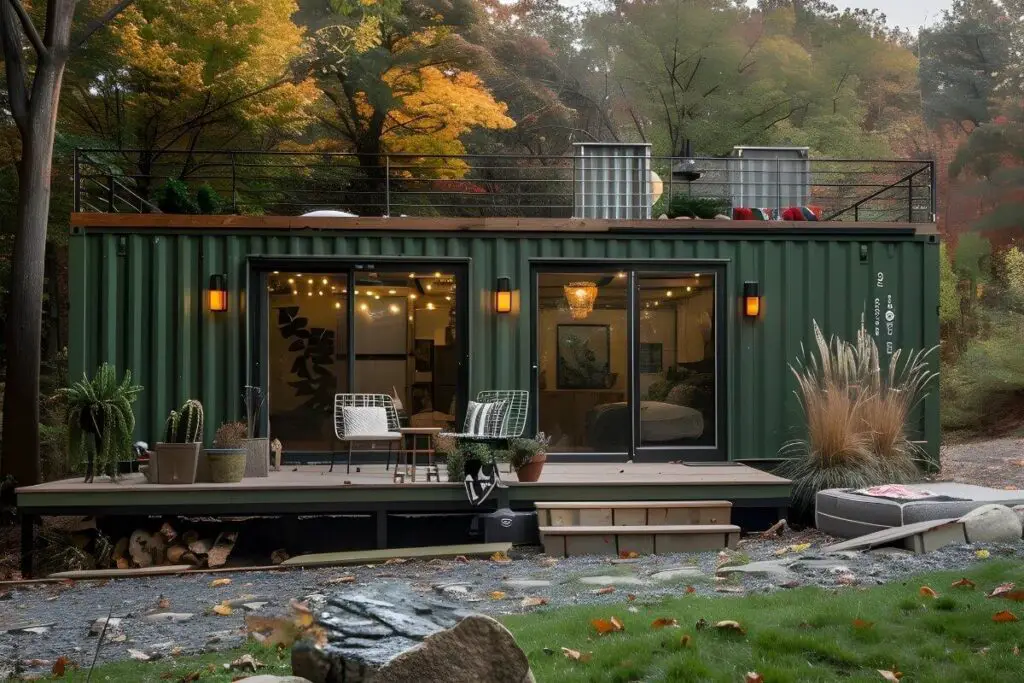
Container homes and offices provide a unique combination of flexibility and efficiency. They are increasingly appreciated for their potential in creating cost-effective and sustainable living and work spaces, with a variety of customization options available that can meet both residential and commercial needs.
Design and Customization
When considering the design and customization of container homes or office spaces, it is crucial to acknowledge the balance between aesthetics and functionality. Each shipping container home can be outfitted with custom windows, doors, and insulation to meet the desired interior and exterior specifications. Personalizing a container for residence purposes may involve adding traditional home features such as wood flooring, drywall, and modern fixtures to create a comfortable living environment. On the other hand, home offices might focus on ergonomic design and technology integration, ensuring a productive workspace.
Utilities and Infrastructure
Utilities and infrastructure are the backbone of any operational container home or office space. Proper considerations for plumbing, water, gas, and electricity connections are necessary for these structures to be fully functional. Here are some key points regarding utilities installation in container buildings:
- Electricity: Professional electrical installation ensures that the container has a reliable power supply for lighting, appliances, and electronic devices.
- Plumbing: Involves the integration of water supply and waste lines for kitchens, bathrooms, and other plumbing fixtures.
- Gas: If gas appliances are to be used, proper piping and ventilation must be factored into the design.
By adhering to local zoning and building codes, which often dictate required permits and inspections, these container structures can serve as permanent, habitable spaces that maintain all the comforts of a conventional building.
Regulatory Considerations Across Regions
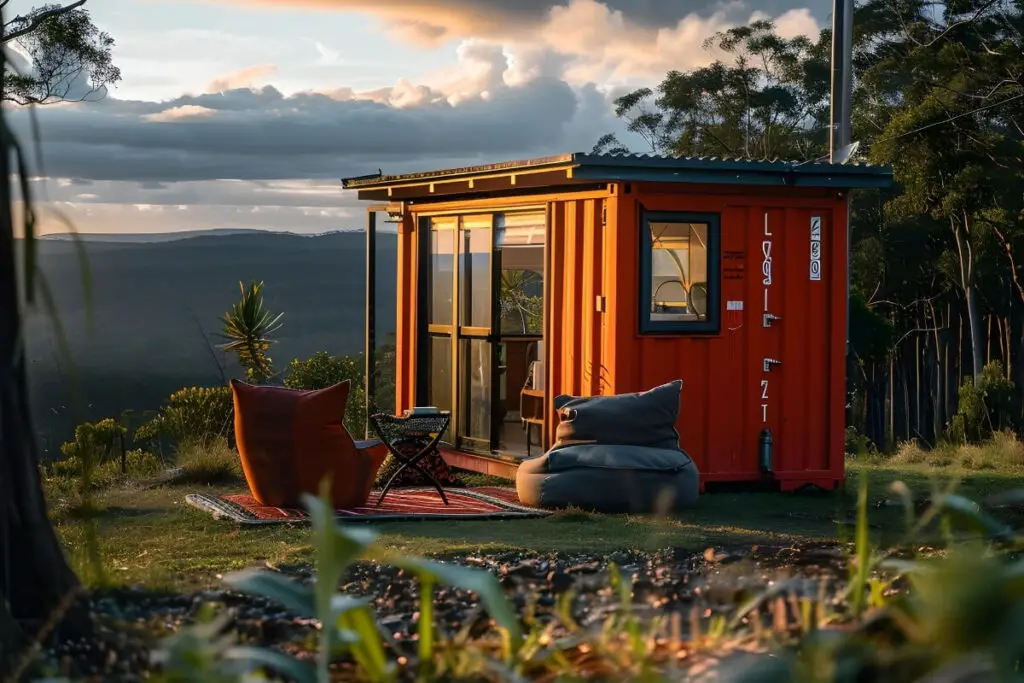
Placing a container on a property isn’t a decision that can be made without regard to local laws and regulations, which vary widely across regions. These laws can involve zoning, building codes, and permits, with specific rules that differ in rural versus urban areas, from state to state, and internationally.
Rural vs. Urban Zoning
In rural areas, zoning laws may be more lenient regarding the use of containers for storage or as part of residential structures, often due to lower traffic and less stringent aesthetic concerns. However, urban areas are typically subject to more rigid ordinances enforced by city governments. The International Residential Code (IRC) and the International Building Code (IBC) may influence local codes but are interpreted and adapted to meet the specific needs of the location.
State-Specific Rules
Each state can have drastically different regulations concerning containers. For instance, Massachusetts has its own set of building codes which includes provisions from the IRC and IBC, but also features state amendments. City and county governments within the state further tailor these rules to address local priorities and conditions.
International Guidelines
On the international stage, guidelines for container usage can vary even more. Many countries follow frameworks similar to the International Building Code (IBC) but integrate local norms and requirements. Importantly, regulations may also be influenced by the Department of Transportation or equivalent entities when containers are used for shipping and transport purposes, ensuring safety across different modes of transit.
It’s crucial for anyone considering placing a container on their property to closely investigate their local codes and ordinances, engage with relevant government departments, and possibly consult with legal experts specialized in property law to ensure full compliance.
Additional Considerations
When placing a shipping container, one must consider the broader impacts beyond just the logistics of installation. These include the environmental ramifications and the dynamics within the community where the container will reside.
Environmental Impact
Shipping containers are made predominantly of metal, and their placement can lead to various environmental concerns. One should assess the potential for soil contamination from rust and paint degradation. Utilizing supports, such as railroad ties, may mitigate direct contact with the ground but can also introduce chemicals like creosote into the environment. Adherence to safety standards in container placement helps minimize any negative ecological effects.
Community Relations
The introduction of a shipping container to a property can affect relationships with neighbors and the wider community. Transparent communication with those in proximity is crucial to maintaining good relations. Moreover, approval from a homeowners’ association might be required, as containers can be subject to aesthetic and structural regulations set by such organizations. Compliance with community guidelines ensures harmony and can prevent potential disputes.
Purchasing Containers
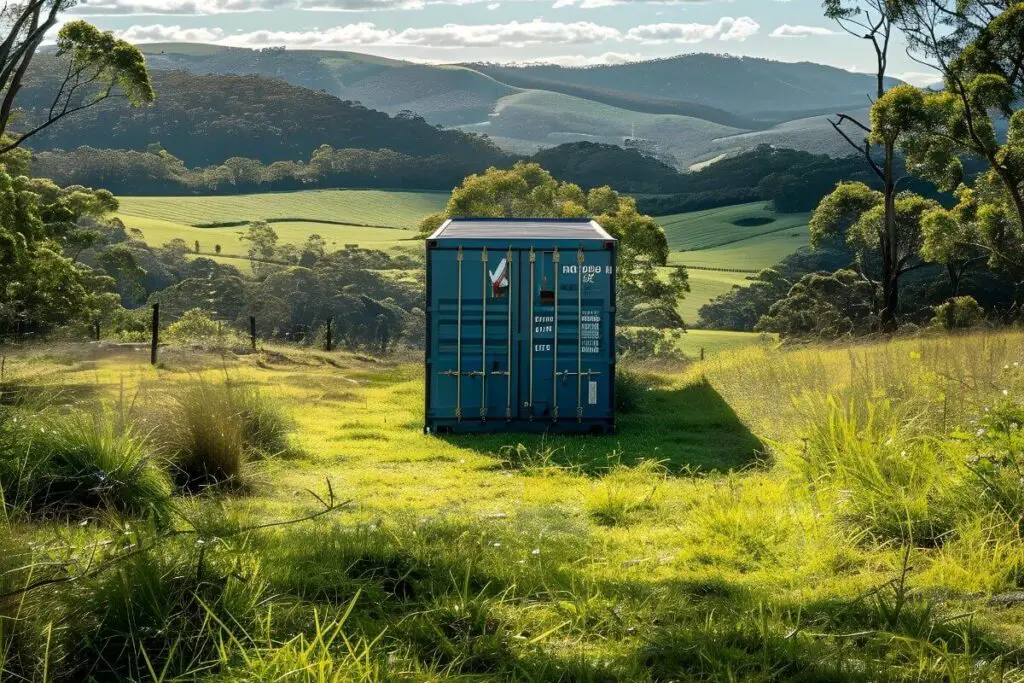
When it comes to acquiring a container, prospective buyers should focus on identifying reputable vendors, understanding the cost factors involved, and conducting thorough pre-purchase inspections to ensure quality.
Where to Buy
Buyers have various options to source containers, from local dealers to online marketplaces. Entities like Boxhub offer comprehensive guides on container placement, indirectly implying the availability of containers through their platform. Additionally, avenues such as Container Addict provide insights into the buying process, suggesting that careful research into sellers is essential.
Cost Factors
The price of a container can vary significantly and is influenced by multiple factors, including size, condition, and market demand. Second-hand containers may represent a more budget-friendly option, but new ones might offer better quality assurance. Buyers should consider their specific needs and budget when assessing these variables.
Pre-Purchase Inspection
Before finalizing a purchase, an inspection is crucial to verify the container’s condition. This includes checking for structural integrity, possible damages, and ensuring the unit is watertight. Resources such as Off Grid World stress the importance of knowing what to look out for before acquiring a shipping container.
Conclusion
When choosing to install a shipping container home, one must understand that the location and foundation are essential aspects to consider. To ensure stability and prevent potential issues such as corrosion or shifting, containers should not be placed directly on the ground. Ideal grounds mean, certain types of soil are more suitable than others for providing a stable base for a container home; for instance, well-drained and compacted soils provide better support.
Possessing a container in one’s backyard is generally permissible; however, one should be aware of local restrictions and the requirement for proper permits. It is prudent to review municipal regulations as they can vary significantly (Can I Put a Shipping Container on My Property?).
For short-term placement, options like concrete blocks known as blocking, can suffice, especially beneath the corners and—if using a long container such as a 40ft option—at midpoints along the sides for additional support (Shipping Container Placement). The right set-up will extend the lifespan of the container home and ensure safety for its occupants.
In summary, while the flexibility of placing container homes is one of their appealing attributes, successful installation is contingent on thoughtful site selection, adherence to local regulations, and creating an appropriate foundation for long-term durability.

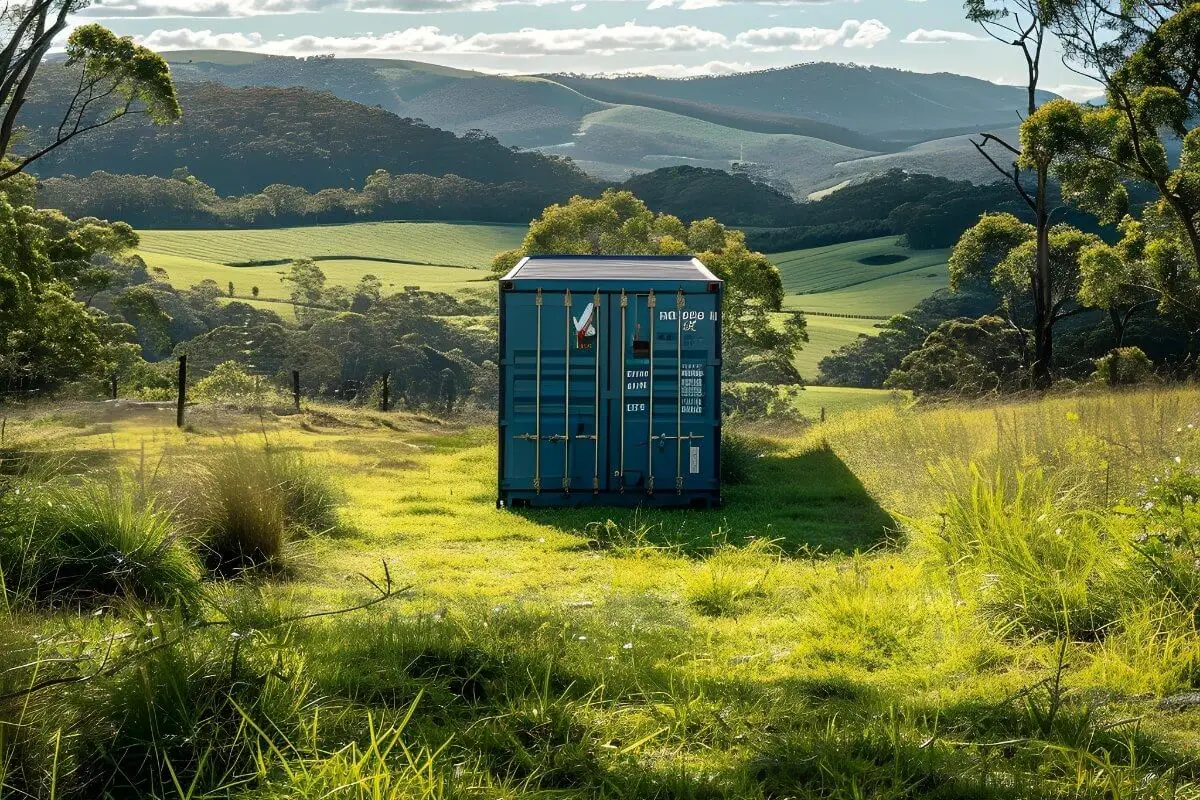
Be First to Comment